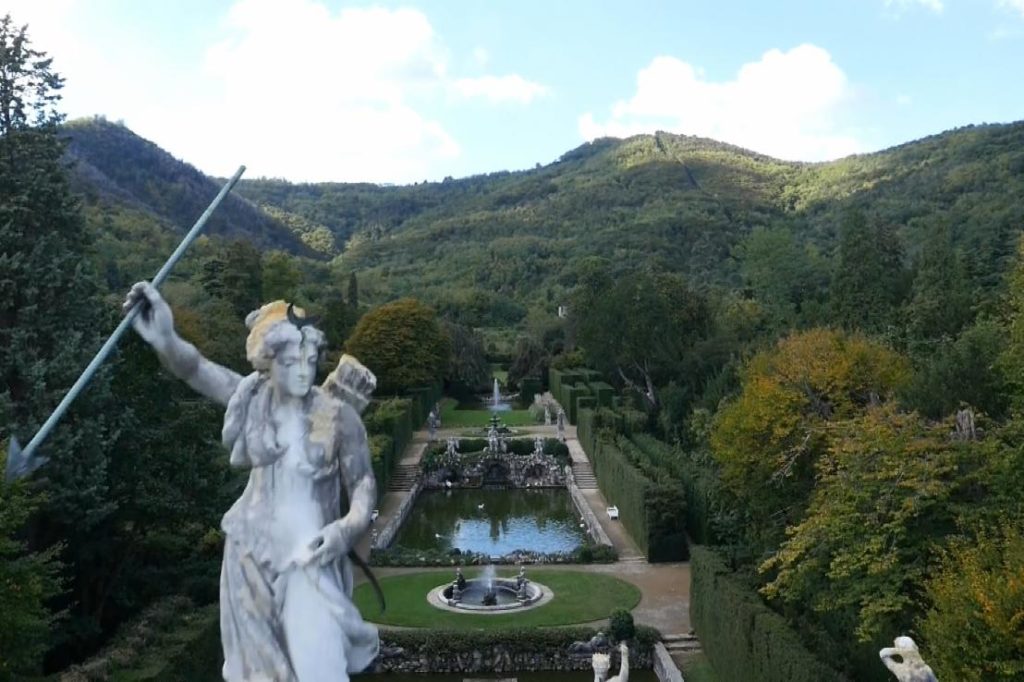Gardens Near and Far episode 21 – Valsanzibio: The Valsanzibio gardens, located in the heart of the Southern Padua hills, span eight hectares. The gardens are the work of the Barbarigo family, who were wealthy 17th century Venetian traders.
They are thought to have been created as a sign of gratitude to God for having spared the family from the plague in 1631. The design of the Valsanzibio gardens is attributed to Luigi Bernini, brother of the famous sculptor Bernini. The garden’s architecture is based on large boxwood hedges, and the place invites strollers on a spiritual journey.
Landscape architect Jean-Philippe Teyssier takes us on a discovery of the most beautiful gardens in France and the world. The gardeners, landscapers, horticulturalists, architects, historians and estate managers he meets unveil the art of gardening. They show us how gardens have been designed, planted and maintained over the centuries. The exceptional gardens Jean-Philippe Teyssier visits make up a myriad of passions, journeys, colors and shapes.
Gardens Near and Far episode 21 – Valsanzibio
It is girded by a remarkable Baroque garden and water works, with statuary (including a statue of aged and winged time carrying a cuboctahedron) and even a Boxwood labyrinth. Originally commissioned in 1669 by Zuane Francesco Barbarigo, the villa was once accessible by canal from Venice. The construction continued under Zuane’s son, Gregorio Barbarigo, a Cardinal and future Saint, with designs by Luigi Bernini, brother of the famous Roman sculptor and architect. The sculpture was mainly completed by Enrico Merengo. The plan was meant to define the approach to the villa as an allegory of man’s progress towards his own perfectibility or salvation.
The Villa was at one time accessible by boat from Venice, and the exuberant entry portal has the poles used in the city to tie up gondolas. The portal is pseudo palace facade with a broken pediment sporting a statue of Diana the hunter in the center, flanked by her dogs. Once through the gate, paths lead through a series of fountains and garden features, including water games. Some of the evergreen plantings date to the original gardens of the 17th-century. The gardens are accessible to visitors, but the villa remains private.
